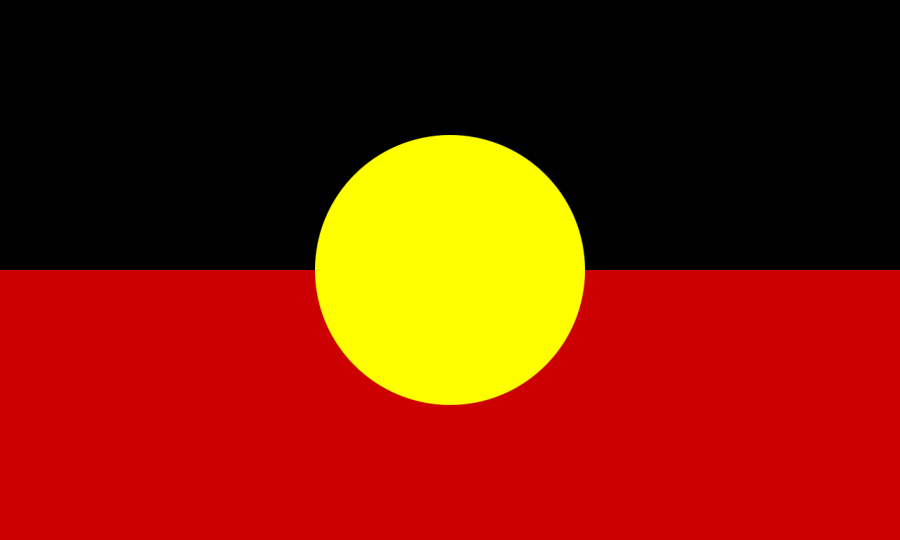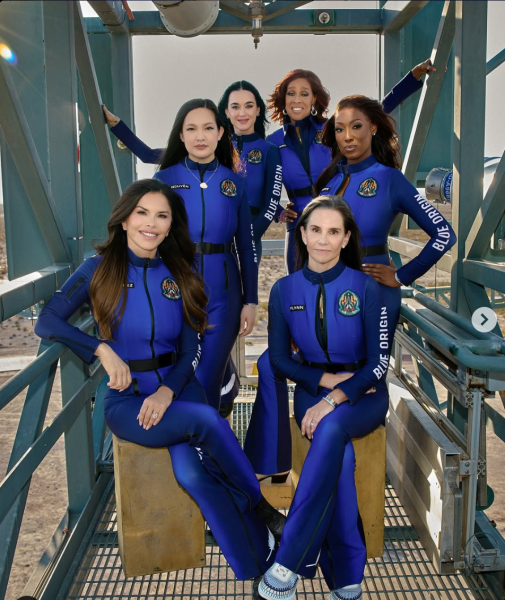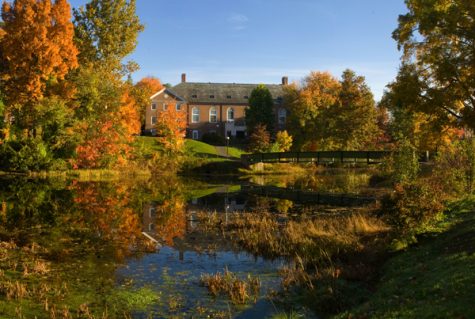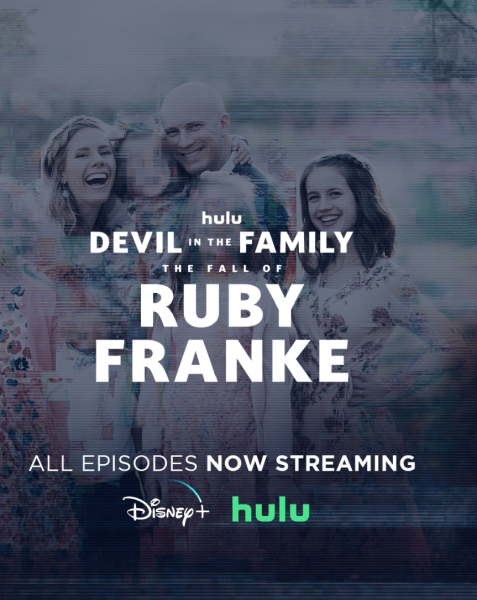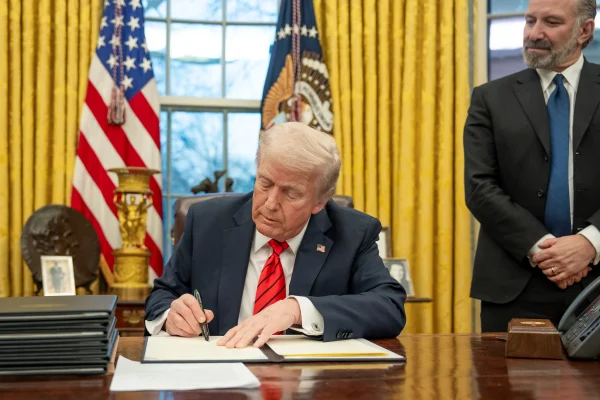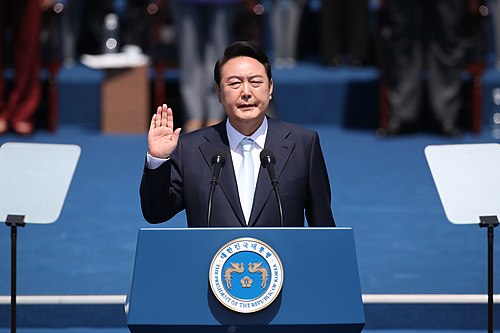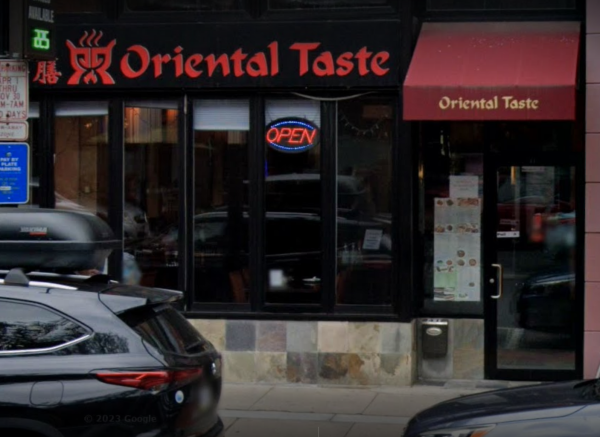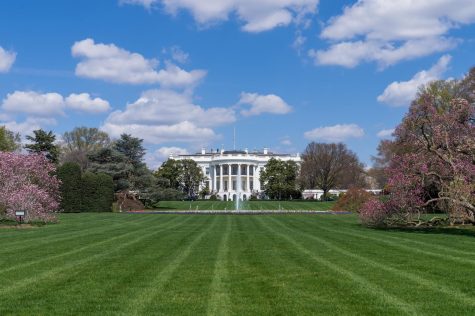Killing of Aboriginal Australian Shines Light on Tragic History of Racism
An Aboriginal teenager killed by a police officer has added to racial discrimination in Australia that has been ongoing, in some form, for hundreds of years.
Thousands of Aboriginal people have taken to the streets of Sydney in protest of the death of 19-year old man Kumanjayi Walker. The shooting took place on November 14 in the remote town of Yuendumu, located in Central Australia.
Initially, the officer said that Walker had lunged at them with a weapon, with intention to cause harm to the officers. The circumstances surrounding this incident are still unclear as to whether the police were acting out of self-defense or racism.
Zoe Blurton, 17, an Aboriginal from Northam, Western Australia, told The Willistonian “I’ve looked at both sides of the story. They thought the kid was threatening the officer, but other alternatives could’ve been used.”
Zoe continued, “It could be out of racism or out of pressure from the kid, we really don’t know what the officer was thinking at the time.”
Zoe acknowledged that this type of topic is hard to talk about.
“I really do feel like the officer could have done better,” she said. “Every officer has pepper spray and a taser. If [either was] used, I’m pretty sure the kid would have stopped.”
The murder of young Kumanjayi Walker has left the Aboriginal community reeling, but this isn’t the first time an incident like this has taken place. People who identify as Aboriginal or Torres Strait Islander make up 3% of Australia’s population, but Aboriginal and Torres Strait Islanders make up 22% of the deaths that happened in prison in 2016, according to the New York Times.
In police custody, 19% of the deaths are Aboriginal people. This one incident is unfortunately part of a much bigger issue, that of racism against Aboriginal and Torres Strait Islander people in Australia.
The Aboriginal people are the original inhabitants of Australia. They have been living in Australia for more than 65,000 years, and are the traditional custodians of the land. In 1770, an English ship called the Endeavour, led by Captain James Cook, docked in Botany Bay, on the East Coast of Australia. This marked the discovery of European Australia, and upon arrival contact was made with the Aboriginal people. Captain James Cook left Australia untouched. In 1788, the first English Fleet, lead by Arthur Philip, landed in Australia.
The ships were carrying more than 700 convicts, 300 other men, women, and children, as well as livestock and supplies. The arrival of the First Fleet marked the beginning of a war between the native Aboriginal people and the British colonizers. Philip wanted to adapt the Aboriginal people to white culture and stop their “savage” ways. The Aboriginal population would face death, suicide, and attempted genocide over the course of the next 200 years.
One of the most documented and catastrophic cases of dehumanization throughout this 200-year period is called the Stolen Generation. Beginning in 1910, the Australian Government introduced various policies where Aboriginal kids could be removed from their families by force.
The main policy was called the Policy of Assimilation. Assimilation is based on the assumption of Black inferiority and White superiority. This policy proposed that the indigenous race of Australia should die out through a process of natural elimination, or where possible, assimilated into the White community.
Children taken from their parents during the stolen generation were taught to reject their indigenous heritage. Their names would often be changed to English names, and they were forbidden to speak to one another in their native tongue. Some kids were adopted by white families. Others lived in institutions where neglect and abuse were common. This process of assimilation failed to make the lives of the indigenous people better, because people within the White community didn’t see these kids as equals.
The story of a young Aboriginal girl named Ruth Hegarty has helped educate people about how kids were treated during the Stolen Generation. At four years of age in the early 1940s, Ruth was separated from her parents. She was living in a small town named Cherbourg Mission, in Queensland.
They moved up to Cherbourg in order to take care of Ruth’s grandparents, but the non-indigenous Australians who ran the local institution for assimilating Aboriginal kids didn’t allow Ruth and her mother, Ruby, to leave. They told Ruth that it was better to stay in Cherbourg. They took Ruth out of her mother’s care and placed her into the institution.
“People would say that it was for your own good, but my own good was to stay with my mum,” she said, according to an article posted on the Australians Together website.
“Once you were taken from your parents, you had no more connection with them,” she added.
Ruth was able to see her mum at a distance, but when she turned five, her mother was shipped out of Cherbourg by the head of the town and forced to leave her daughter behind.
Ruth’s story is an example of what was happening to many young indigenous Australians all over the country, from 1910 up until 1970.
Children who were taken from their homes were psychologically, sexually, and physically abused while living in a “state of care” with their adoptive families or institutions. Young Indigenous kids during this time didn’t receive much affection, and minimal education. They were taught to reject their culture, and to forget about their families.
Medical experts noted that there was a high rate of anxiety and depression amongt these kids. It is estimated that up to 33% of Aboriginal or Torres Strait Islander children were taken from their families between 1910 and 1970.
The Stolen Generation is, it seems still impacting society today.
“Racism is so casual in Australia, especially against Aboriginal Australians. I’ve had people say, WOW! you’re too this or that to be Aboriginal,” Zoe Blurton said. “It can just come up in any conversation, it’s just so casual. People may think they are complementing you, but they really aren’t.” she added.
This past year, some Aboriginal Australian Football Players have been racially targeted by people who hide behind their computer screens. Liam Ryan, a player for the West Coast Eagles Football Club, was targeted towards the end of the season.
The Instagram page of Channel Seven Football posted a poll asking its followers if Ryan should get a ban for an illegal hit he did in a game the week prior. Some Instagram users commented on the post, calling him a monkey and saying that he should be sent back to the Melbourne Zoo.
The Australian Government has yet to do much about the issue of racism in Australia. Some politicians have called for change, others believe that nothing should be done, that it’s already fair enough. Aboriginal people and politics are calling for a change to the constitution, as it was made in a time when the Indigenous people of Australia were seen as savages, and their leaders were not consulted.
In Parliament during July 2019, many Aboriginal people were hopeful that politicians would allow the constitution to afford the recognition of Indigenous people, not just some token words acknowledging countless millennia of aboriginal custodianship.
Ken Wyatt, the new minister for Indigenous Australians, came out with a speech during NAIDOC week. NAIDOC week is the week where Aboriginal culture is celebrated throughout the country. His main message was that there should be a referendum on recognition if possible. Scott Morrison, current Prime Minister of Australia, said that “any understanding that a constitutionally-embedded voice might be put to a referendum was wrong.”
Zoe said that the government, in her opinion, can only do so much. “There are always going to be people who are small minded; even if the government does something, there is always going be that small group of people that don’t see how their words or actions affect us,” she said.
The Willistonian asked Zoe how she feels when she is out in society.
“Before everything happened with Aboriginal Australians being shot, I felt pretty safe. Now and again you get the stares,” she said.
“After these recent events, it doesn’t matter what type of person you are, you are just one thing to them,” she said. “There are always the stereotypes, which is pretty much the first thing that comes into people’s minds.”
Zoe told The Willistonian what she would do if she had the power to bring about change. A proud Indigenous Australian, Zoe wants to change how people view Aboriginal and Torres Strait Islander Australians.
“Many Aboriginal Australians look at me as a white person sometimes, but I use that and show non-Indigenous Australians that Aboriginal people can be educated, that they aren’t just sloppy people who are only worried about money, drugs, and alcohol,” she said.
“I would educate people to learn how to not judge people by the stereotypes of their skin color, and get to the know them.”
“My goal in life is to create a better name for Aboriginal Australian people. I just want people to know that I am more than a stereotype” she said.
Cooper is a PG from Australia. He likes to play basketball in his free time. He also likes to beat Wol in FIFA. He has four brothers and had kangaroos...



